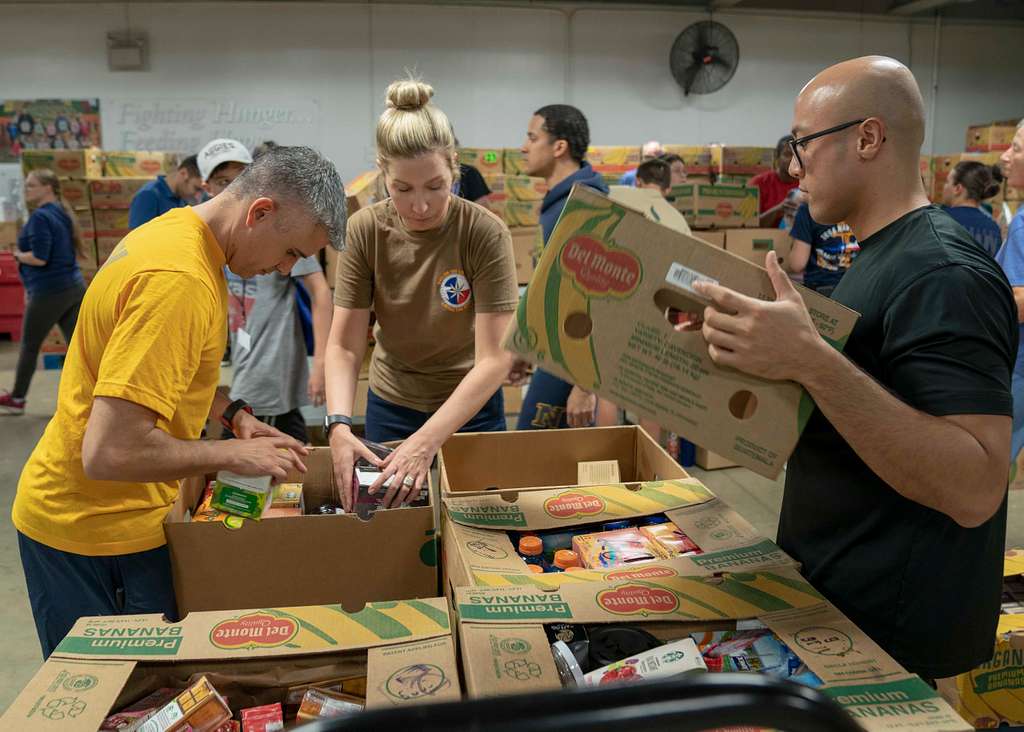Back in March as SARS-CoV-2 was integrating itself into the population of the UK, we – a couple of anthropologists – put our heads together to evaluate the situation. After briefly sketching out the possible scenarios that could emerge in the UK in response to SARS-CoV-2, it became immediately clear there was a short-term and a long-term challenge. The long-term challenge remains, addressing the conditions that nurture novel zoonosis. Unfortunately, the UK government is pushing through a version of the new Agricultural Bill that will worsen these conditions.
But here we are interested in the immediate challenge the UK faced earlier this year. A challenge that oddly persists. This was the bottle-neck issue of delivering effective mass testing in the UK. In early 2020, the UK government ignored calls to focus on testing. Since then the government has belatedly recognised its folly but is still incapable of addressing it. This begs the question: If our government were overwhelmed by its job, bar somehow inspiring an outright combative revolution in the UK, what could we as individuals, communities, organisations, and businesses do to deliver mass testing anyway? If we couldn’t rely on the government, how could we get the tools of testing into the hands of empowered communities anyway?
In other words, if delivering mass testing was the bottleneck issue, could we, the residents of the UK, not have summoned the mythical Dunkirk spirit and positioned ourselves to help deliver it? Either as a self-organising partnership or a consortium bidding for part of the test and trace contract, the government has repeatedly left in the failing hands of Serco and Deloitte with massive costs to the taxpayers. This would have required the state to not enforce a monopoly on medical interventions or there could also be the issue that this government privileges giving contracts to singular private corporations for whatever reasons. However, neither of these were insurmountable, especially under circumstances where the government was failing, and a populace wanted to find some way out of further lockdowns, a syndemic and the associated harmful side-effects.
In light of this, our first question earlier in the year was whether the infrastructure existed or could be manufactured to generate self-organising mass community testing. We started by sketching out some basic technical details and then started to build a team of computer programmers, medical experts, and community organisers. This involved participating in an online lab which was creating various open-source designs for conducting and implementing testing. At the same time, we began mapping potentially latent capacity in the UK usable for testing including private hospitals, medical laboratories, university laboratories, and pharmaceutical companies. Primarily the early focus was on researching how to get from having a handful of open-source designs for different forms of testing, to the manufacture, delivery, collection, identification and reporting of test results. In the process of doing so, we did come across another UK-based proposal not too dissimilar to our own but that focussed on PPE.
The other question, which the current testing regime in the UK has failed to acknowledge, is that plonking down testing sites based on a top-down excel spreadsheet perspective does not work. There needs to be a strategy to empower local communities and the populace so that testing tools work in relation to local contexts, which involves building local partnerships between organisations and doing community outreach. But we will come back to this later.
Our first task was to work out the material production of testing. We did not commit to an idea regarding tracing as our initial research revealed this was not the primary bottleneck issue in the UK. Instead, we proposed that delivering mass community testing in itself could be enough, empowering social systems and communities of practice with these tools rather than trying to command and control the nation through a central protocol. In other words, not a naïve philosophy of a quick techno-fix but instead empowering people to self-organise the production of the tools of mass testing, in order to self-organise their communities. Hence, the proposal of mass community testing, not simply mass testing or centrally controlled testing.
In short, our proposal was for a pared-down platform-coop focussed on delivering mass testing in the UK. It would primarily constitute a protocol for matching testing designs with the social and material capacity to manufacture and deliver them. Alongside would also be a declaration from each cooperating member that if a pre-agreed capacity, at a national, regional, or local level were achieved, then the platform would be implemented step by step in different regions potentially with local anchor institutions. In theory, it could have also competed for the government contract to deliver testing but that is another matter.
Going with the anchored coop approach, members could have ranged from someone doing deliveries on their bike, to donating, or manufacturing a testing reagent and could include individuals as well as organisations. Members could then participate in shaping future decisions and withdrawing payment for services rendered. For the end-user, we focussed on the two following ideas each with their pros and cons.
First was the address-based approach. For the end-user, this would consist of simply creating an address-based digital account and ordering a test. This would link them to their local options for getting a test whether by post or in person. They would then receive results via their account. This would be offered at a suggested price or a user could pay what they felt they could afford including nothing. For those without access to the internet, supporter accounts could be created. Once users had received their results their account would automatically be terminated minus their general location with which to create a public map of test results. If a user had no address, did not wish to use their address or tried to order more than three tests to a single address they were directed to a local community organiser who would work with them to address their individual, familial or organisational needs including guidelines for pool-testing and other techniques of increasing testing capacity.
The second approach, which we much preferred, was simply to include the design and delivery of a safe walk-through testing site as part of delivering mass testing. When someone wanted to be tested, they simply needed to turn up at a testing site, hosted and run by a member organisation, and either return or wait for their result or receive a one-time text. Again, in this scenario, a pay-what-you-can-policy would be in place as well as inviting people to become a coop member. Critically these would not be testing facilities dropped out of the sky into local communities, but testing resources embedded within local organisations that represent and work with the local populace already.
This is the basic idea we were working on to address the short-term challenge of ‘ending the curve’ rather than just pushing the ball down the road by ‘flattening the curve’. An idea which undoubtedly could be improved and undoubtedly like anything in life would have involved technical hurdles. Nonetheless, an avenue people could use to effectively protect themselves and their communities in the face of a lack of effective protection. So why didn’t it happen?
In short, because we did not continue as we realized there was a larger step that first had to be patiently achieved. We learnt that this proposal was premised on there being a big enough community of people out there with whom we share common ground, philosophically on non-dualism, politically on dual-power, and technically on platform-cooperativism. In other words, there needed to be some degree of permeation of these ideas amongst the UK population to make it stick.
Instead, we largely encountered potential collaborators fixated on acting in terms of government versus opposition or public versus private, fixated on talking about the latest nightly government broadcast, or simply proclaiming that the government was doing great. Mostly people withdrew, belying the point that UK citizens do take the State for granted as fundamentally benevolent.
When we did make some headway with folks, we also made a critical mistake in our communications. Our use of the concept of community confused things, as it was generally understood through the lens of blind localism, rather than cosmolocalism. When we talked about ‘community testing’ we were looking at how to put the power of testing in the hands of the community. However, some people associated ‘community testing’ just with informal and non-expert networks that were unknowledgeable, rather than a pooling of resources and collective knowledge. But if the initial months of the first UK lockdown taught us anything, it is that communities can be relied upon when governments fail. Unfortunately, at the moment it is clear that testing is not in the hands of people who need it or know how to use it even if Amazon.com, Inc. can deliver one to your door.Our conclusion from this experiment then has been that instead of a small group of citizens trying to implement an idea new to people during a crisis, our task is to cultivate the shared ground it is premised on in preparation for the next crisis. Then an actual community of understanding and practice might emerge that can cooperatively intervene. This article and the platform on which it is published are part of that process of cultivation.





